In The Spin: Kids Picture Records
Smack Dab In The Middle: Design Trends Of The Mid-20th Century
By Donald-Brian Johnson - April 23, 2021
Once upon a time, there were record players. And records. You know, those shiny black round things with holes in the center. You put a record on your record player turntable. It played one side. Then you turned it over, and played the other side. When it was done, you put on another record. And another. With todays resurgence of interest in vinyl, the record player concept isnt quite the relic folks regarded it as just a few years ago. Some actually prefer the reality of a record to its digital alternative. But one thing we can all agree on: records always looked the same, didnt they? Shiny? Black? Well. If you were a little tyke during the 1950s and 60s, you knew differently. Records came in lots of colors. They were indestructible bright yellow ones, thanks to the prolific Little Golden company. There were red ones and blue ones (you could find these Mercury releases at Sears). Translucent records, too, courtesy of Color Tunes, with special wipe off plastic covers. Most were in the 7-inch size and looked like 45s but actually played at 78 RPM. They came in colorfully illustrated paper sleeves that disintegrated as quickly as eager little fingers could pull them out. The now-sleeveless records were stacked next to the record player in untidy piles, awaiting their next play date. Fun to listen to. Not much fun to look at. Except for picture records. Here the visual element was just as enthralling as the aural. Who needed a paper cover, when your Mary Had A Little Lamb 78 featured a glossy illustration of Mary and her frolicking friend? What could make for a better birthday than pulling out your very own Happy Birthday record, complete with its depiction of a cheery celebration? For the swingset set, accumulating an abundant picture record library was the equivalent of winning the lottery. Originally intended as a novelty for grownups, playable records featuring a surface illustration had been around since the early 20th century. By the 1930s, these primitive postcard/records had been replaced by paper core 78s, their artwork protected under a playable shellac surface. With the advent of the Depression, followed by World War II, luxuries like picture discs were soon left by the wayside. Then the war ended, and Vogue records entered the picture. Vogue was the brainchild of Tom Saffady, who presided over Detroits Sav-Way Industries. Sav-Way specialized in laminating materials. Saffady came up with the idea of 10 aluminum-core 78s. Their eye-catching paper illustrations were preserved under Sav-Ways Vinylite transparent plastic, which was bonded to the aluminum. A Vogue sold for about double the price of a regular 78 ($1 vs. 50 cents), leading to the companys closing in 1947. Vogues 70-plus releases have continued to make collectors salivate ever since. Childrens picture records were a different story. Putting the main spin on things were The Record Guild of America (RGA) and Voco, in operation from the late 40s into the mid-50s. Royalty costs were minimal, as songs were almost always in the public domain. Expenses were also kept at bay by using cardboard cores, the vivid images preserved under a surface laminate. In many cases, that laminate did not extend to the edges, eventually resulting in frayed cardboard borders. More expensive sealed edge laminate was utilized on occasion by both companies. This overall coating has allowed sealed edge records to better withstand the ravages of time. Kids picture records are wonderfully affordable collectibles, as most are under $15. And, they make great wall art: different images on each record side mean that you dont need a huge inventory to keep your nostalgic display in regular rotation. Or, you can give in to temptation, and opt for real rotation. Put those picture records on your record player, as originally intended, and give a listen. If you can remember where you stashed the record player. Photo Associate: Hank Kuhlmann. All photos by Donald-Brian Johnson. Donald-Brian Johnson is the co-author of numerous books on design and collectibles, including Postwar Pop, a collection of his columns. He has more than one picture record. Many more. Please address inquiries to: donaldbrian@msn.com.


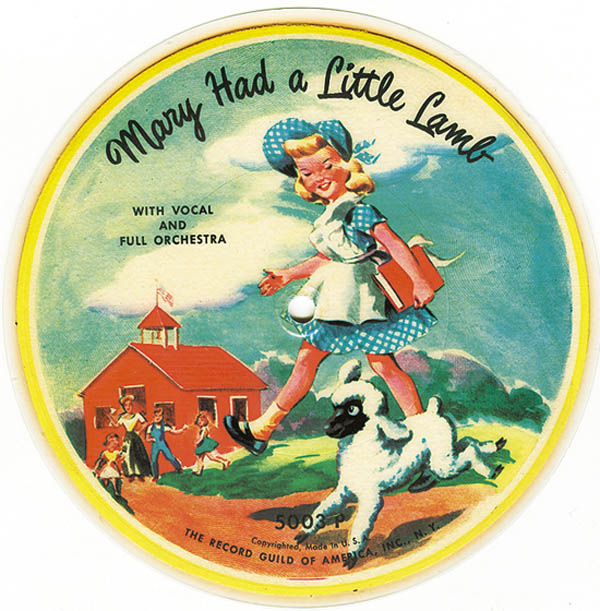
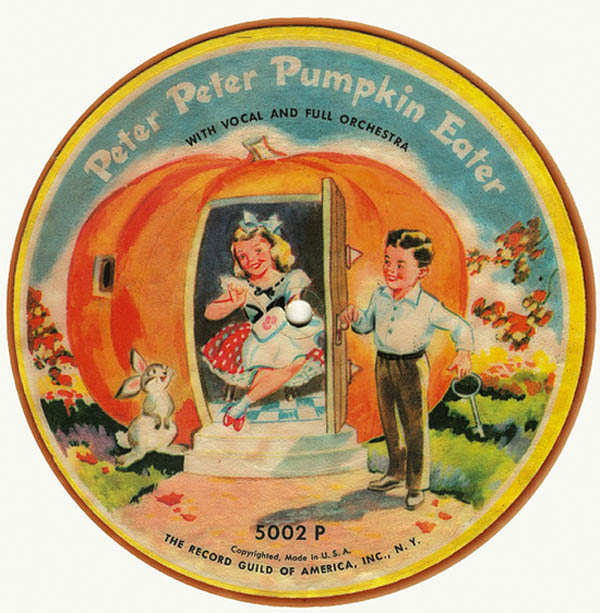



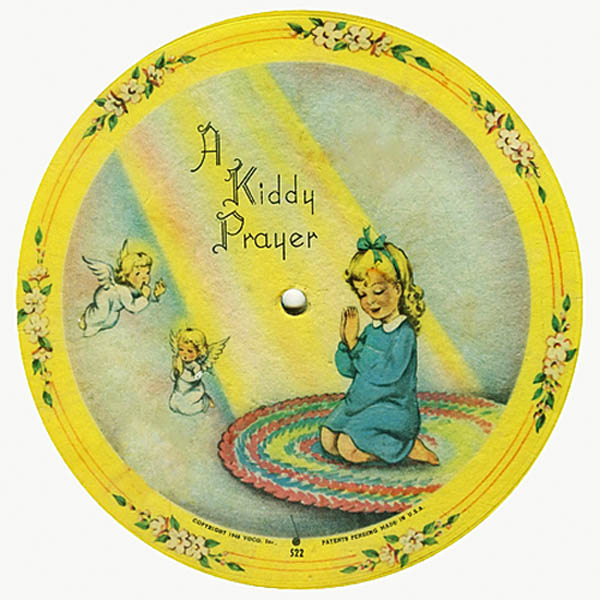


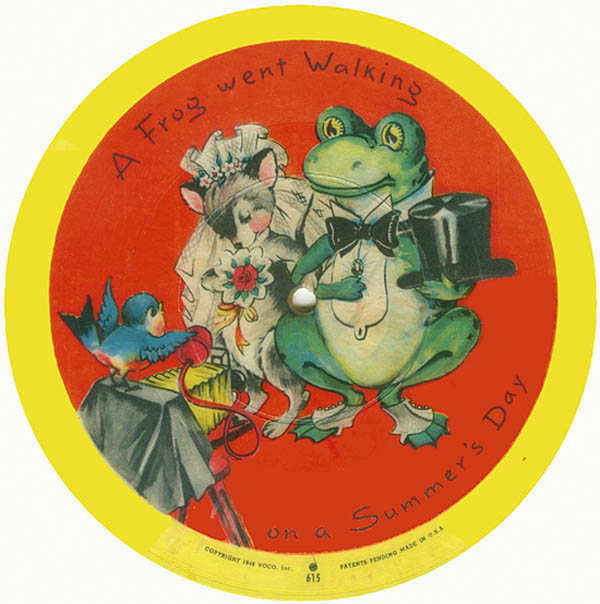
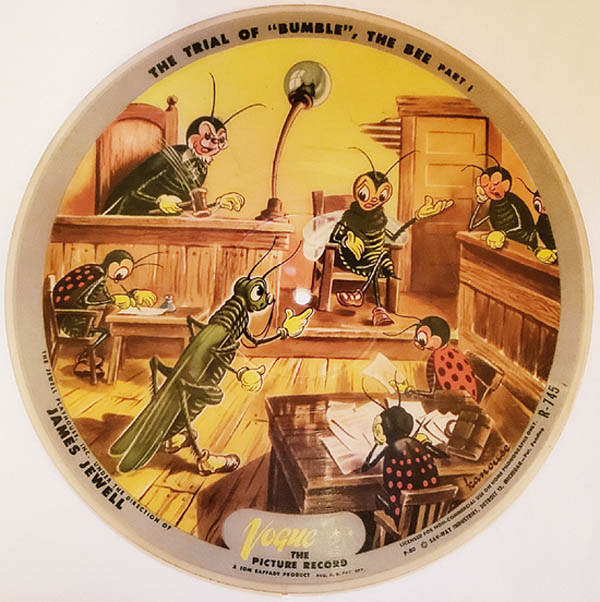
SHARE
PRINT